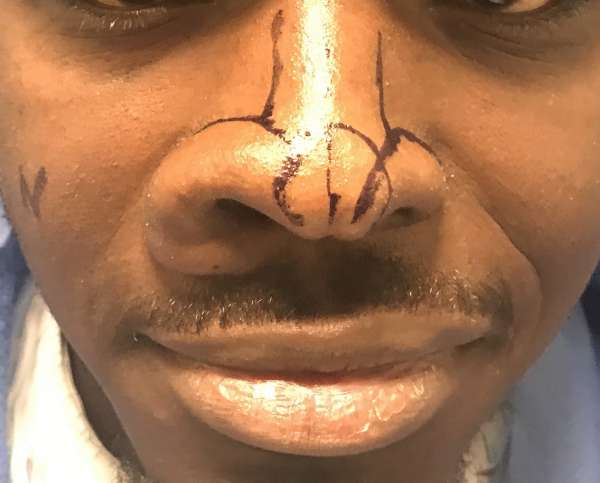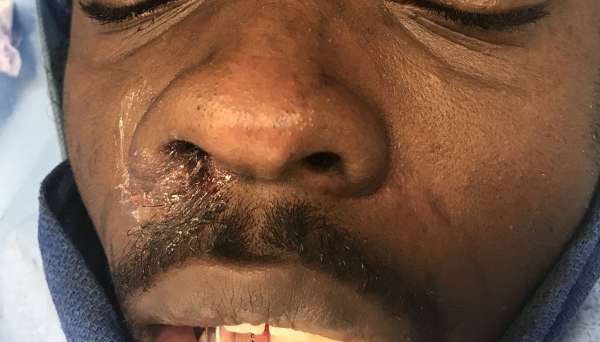Facial Reconstruction
The face is the central focal point of human interaction and facial appearance is often the foundation for development of self-esteem. The face is composed of multi-laminar structures: facial bones, muscles, soft tissue and skin all of which must be restored in reconstructive efforts. The facial bones make up the foundation for the height and width of the face as well as the projection (convexty). The muscles are responsible for animation (ie. Blinking, smiling, frowning) and are paired and symmetric. The soft tissue provides the bulk and substance and the skin a natural envelope that has a unique character in relation to the human body.
Consults begin by establishing the cause of the problem and then describing the deficiencies, which need to be addressed. We use the latest technology in 3D imaging and modeling to restore our patients to the natural state.
Linear Scleroderma and Lupus are auto-immune disorders which often have soft tissue atrophy as a result of damage to the facial subcutaneous tissue (fat). The immune cells attack the subcutaneous fat of the face creating a gaunt-like hollowed out appearance. Optimal treatment involves a combination medical and surgical therapy. We work in conjunction with our pediatric rheumatologists who can mediate the immune system with the latest in medication therapy.
The soft tissue can be restored by transplanting fat from other parts of the body either as a fat injection technique or as a flap based technique. Multiple operations are often required to achieve the final result. Interestingly, fat transferred from other area does not tend to melt away as a result of the autoimmune processs. Stem cells in the fat may exert a regenerative effect on the facial structures and is the subject of our on-going research.
Parry Romberg Disease likely involves an autoimmune response where the subcutaneous fat of the face wastes away leaving significant contour defects. It is most common in young females, aged 5-15. The damage can range from mild to severe.
Treatment strategies are developed in conjunction with a rheumatologist and may involve fat grafting and/or tissue transfer techniques to reconstruct the normal facial contour.

